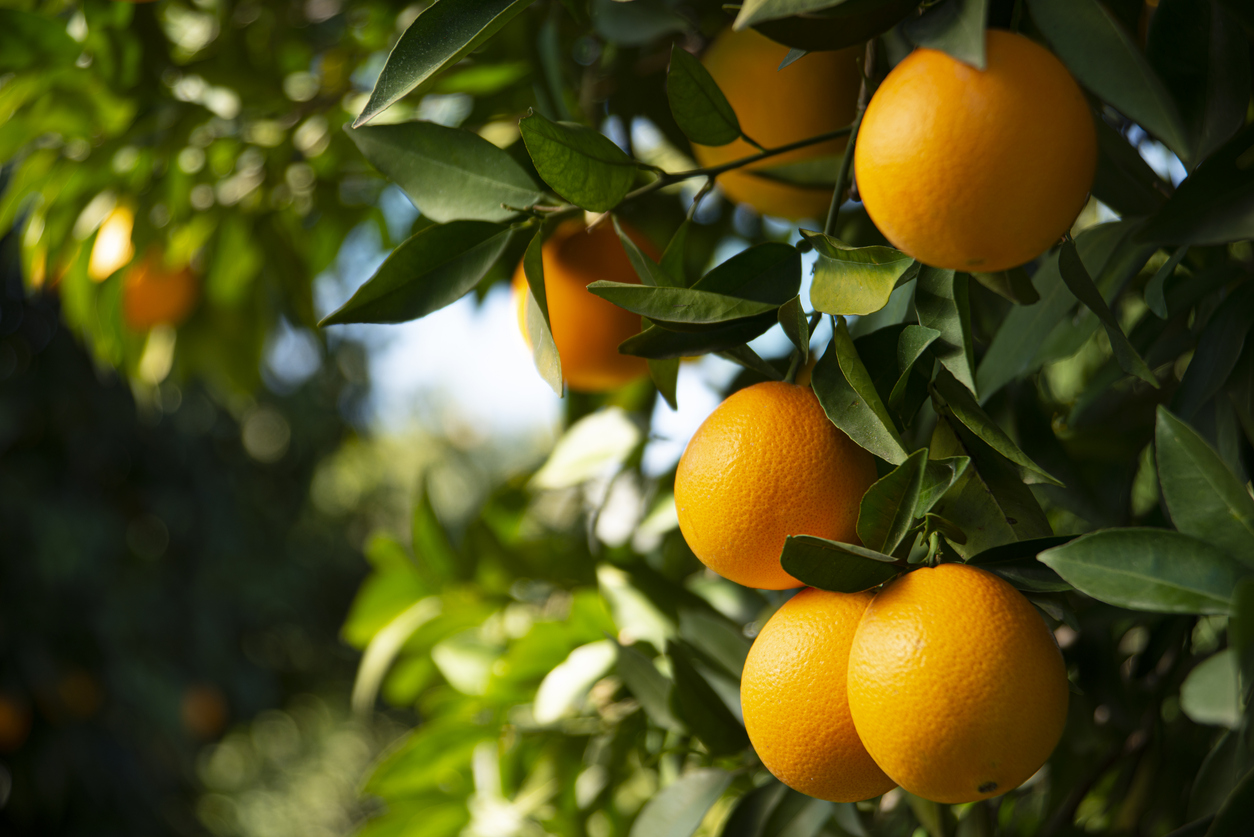Ian's attack happened about a week ago. The storm, one of the worst to hit the United States, knocked out power to millions of Florida homes, caused a devastating storm surge, and killed dozens. Farmers are only now able to make some preliminary assessments of what the destruction will mean for the state's iconic $6.7 billion citrus industry.
Preliminary estimates are bad
Growers like Ezell estimate that wind damage has cost them at least half of their crop. It could be even worse in some of the hardest hit areas, with reports of up to 80% of fruit being blown off trees on some farms. This is disastrous for an industry that is already dealing with a crippling crop disease. And it's bad news for a world grappling with shocking food inflation. Orange juice futures in New York hit a six-year high this week amid supply concerns, before reversing some of those gains.
The signs of disaster are everywhere in Florida's Hardee and Highlands counties, in the heart of the citrus belt. Tree limbs that were strong enough to support the weight of the full-grown fruits that hung from their branches had snapped off and were scattered on the ground. The wind was so strong in some places that the trees were literally ripped out of the ground, exposing their bare roots. Ditches are overflowing with water, and roads in nearby DeSoto County are still impassable due to flooding or mudslides.
But what stands out the most are the tens of thousands of pieces of dead fruit that litter the ground. It appears that an 18-wheeler truck spilled its cargo on Ezell's farm, blanketing her groves with bright yellow and green softballs. Because the growing season was still in full swing, much of the fruit hadn't fully matured and developed its signature orange color.
Ezell hunkered down in her house the night Ian arrived. Her husband and their two children, Eli and Eloise, were huddled together in one room. Ezell, a fourth-generation farmer from Florida, is no stranger to hurricanes. But this one was unique. She began to pray as the winds howled and speeds reached 100 miles per hour. She was already in her groves at 6 a.m. the next morning, despite only a couple of hours of sleep.
"Imagine walking into your livelihood and seeing it destroyed," Ezell, president of the Highlands County Citrus Growers Association, said.
Florida is a major producer of vegetables, livestock, dairy, and fruit, particularly oranges. Every year, the state grows 500,000 acres of fresh produce, generating approximately $20 billion in total sales. There are over 6,400 fruit and vegetable farms, employing a total of 139,000 people. In addition, fresh produce and tree nut exports total $516 million.
Ian drove through four of Florida's five most important citrus-producing counties: DeSoto, Highlands, Hardee, and Polk. The industry is a major economic driver in the region, employing nearly 33,000 people in the state, including on farms and in packing and processing plants.
Crops are shrinking
Even before the storm, Florida's growers were facing one of the smallest crops on record, thanks in part to a decades-long battle with citrus greening, a devastating disease that damages fruit and eventually kills trees. Drought has stifled production in Brazil, the world's leading orange producer. Farmers in California have also been affected by the dry weather. Orange juice futures have risen nearly 50% in the last year as a result of global challenges.
The output challenges for Florida have been so severe that it's unclear whether California will overtake the Sunshine State as the nation's leading citrus grower.
Ray Royce, executive director of the Highlands' growers group, said Ian was "certainly not a death sentence to the industry." "It's another setback," he says, "and I'm not trying to sugarcoat it."
It will take weeks to assess the damage at Mixon Fruit Farms, a coastal citrus producer located just south of Tampa.
"The oranges are now laying under the tree," said Janet Mixon, referring to her Manatee County groves. "The fruit wasn't quite ready to pick yet, but the wind blew it right off."
Ned Hancock, a fifth-generation farmer with approximately 900 acres of citrus groves in Highlands and Hardee counties, said he will do everything possible to avoid having to lay off any of his full-time employees.
That will be a tall order after his trees in Highlands County lost more than half of their fruit and Hardee lost about 75% of their fruit. Ian, according to Hancock, dumped about 15 inches of rain on his land, creating temporary rivers between rows of trees. Standing water indicates that the damage extends beyond what is visible, with underground tree roots also suffering. Some of his farming infrastructure was also destroyed, which he estimates will be very costly to repair.
Crop insurance can help cover some of the losses, but Hancock, like many other farmers in the region, expects no profit this year. Margins have already been squeezed for years due to rising costs, which have been exacerbated by the recent run in the fertilizer market.
"It was a major blow, and the first thing you think about is people, the family, the employees — but you can't help but wonder, 'What will it be like to rebuild from a grove standpoint?'" Hancock explained. "It's not going to be easy or pleasant."













